On October 31, 2020, there will be a full moon. It’s a Saturday. And we’ll also gain an extra hour of this spooky night thanks to Daylight Savings Time ending.
This is quite possibly the best, the most ideal, Halloween of our entire lives.
And yet, as of this writing, we’ve been sheltering in place in my neck of the woods for 84 days now. There are only 144 left until All Hallow’s Eve.
I’m going to be real with you, my fellow ghosts and goblins: I am terrified of losing Halloween this year.
To assuage these fears and bring the magic of this holiday a little closer, let’s take a look at Halloween, why it means so much to those of us who can’t stop buying ceramic jack-o’-lanterns and shrieking with joy at the first yearly sighting of a Spirit Store, and how we can celebrate if — spirits forbid — we have to continue to SIP through October.
A History of Halloween
Those of you who are professionals at this can skip ahead if you’d like. Or, if you enjoy the history behind this, the best of holidays, as much as I do, come along with me.
The Celts

Halloween, also known as All Hallows Eve, began with the ancient Celts and was originally called Samhain (pronounced “SOW-wen”). The Celts celebrated this night as their New Year, marking the end of summer and the beginning of the long, dark winter.
They believed that on Samhain the boundary between the living and the dead was at its thinnest, and the spirits of the dead could return to Earth.
To celebrate, Celtic priests (called Druids) would don costumes and light a sacred bonfire on which they’d burn sacrifices to the gods. Others would dress up in costume to avoid being recognized by spirits, and place food on their doorsteps to appease the ghosts.
Christian Influences
By the 9th Century, the Catholic church had declared November 1st All Saints Day and November 2nd All Souls’ Day, to honor Christian saints and souls, respectively.
All Saint’s Day was also called “All-hallows,” from the Middle English word for “All Saint’s Day,” “alholowmesse.” The night before it was called “All-Hallows Eve,” and, eventually, “Halloween.”
A common practice on All Souls’ Day was for families to give pastries called “soul cakes” to poor citizens in exchange for a promise to pray for the family’s dead relatives. This practice was called “going a-souling” and eventually, children took it up and went door-to-door. Thus, the foundation of trick-or-treating was laid.
These Christian influences blended with the celebrations already in place, and eventually, moved over to the Colonies.
Halloween in the Colonies
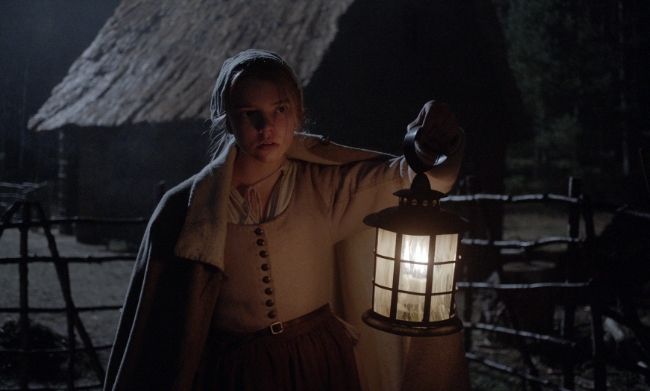
The traditions trickled over the sea and began to take hold in America. People held celebrations of the harvest, where communities came together to tell stories of the dead, as well as each others’ fortunes.
As immigration from Europe increased, so did the popularity of Halloween. Immigrants brought the practice of going a-souling, and dressed in costume to move from house to house, asking for food or money.
Modern Times
The 1800s and the beginning of the 1900s saw a “sanitization” of Halloween, where parents were encouraged to tone down the witchcraft and spooky nature of the day. The holiday became about community and parties rather than the spirits of the dead.
In the 1950s, it was mostly a children’s holiday, with trick-or-treating in full swing and adults mostly along to supervise. The party nature of the day was a little less popular, that is, until the latter half of the 20th Century.
Today, we retain many of the traditions of Halloween, but in slightly different forms. We still don costumes, we still trick-or-treat, and some of us even still hold rituals to honor the dead.
Wait, What About Jack-O’-Lanterns?
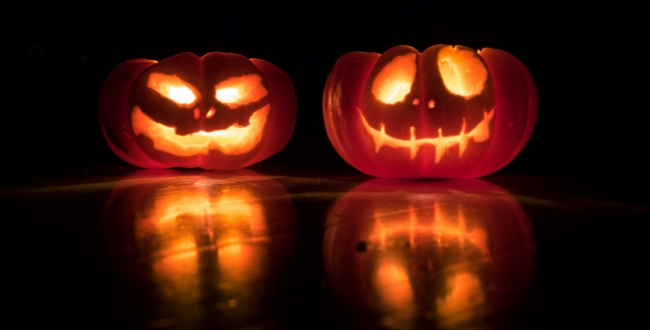
Don’t worry, I could never forget about what is arguably the most recognizable symbol of All Hallow’s Eve!
The history of the jack-o’-lantern comes from Ireland. The story goes that one night, a young man named Jack, who fancied himself very clever and liked to play tricks, trapped the Devil in a tree by carving a cross into the bark beneath him. In exchange for freeing the Devil, Satan had to vow never to claim Jack’s soul.
Thinking he was safe from damnation, Jack proceeded to live a life of debauchery and crime. When he died, he was refused entrance into Heaven, so he tried to contact the Devil for help. Keeping to his word, Satan refused to help Jack and even hurled a burning piece of coal at him for good measure. (Another myth says hell was too dark to see how to leave, so the Devil gave Jack coal to find his way out.)
Jack, having nowhere to go, took the coal and placed it in a hollowed-out turnip to use as a lantern. He then set out to wander until he could find a place to rest his soul.
Turnips were more common and easier to grow in Ireland, but when the Irish came to the Americas, they learned pumpkins were easier to carve, so they made the switch. Now, we carve Jack-o’-lanterns and put them on our doorsteps to ward off spirits… including the ghost of Jack.
So, Why Do We Love Halloween So Much?
Though for a while, Halloween was seen as a holiday mostly for the young, it’s seen a resurgence in popularity among adults in recent decades.
Why? Why do we love Halloween so much, especially as adults?
It Lets Us Play with Our Identities
Some researchers think it’s because traditional measures of adulthood are becoming murkier and harder to achieve. Homeownership, children, career goals — these old rites of passage are being delayed, challenged, or skipped altogether in the “millennial” crowd (the biggest celebrators of All Hallows Eve).
So, if we don’t know who we are because of arbitrary milestones that no longer apply to us, how do we define ourselves? Where does our identity come from?
Maybe, possibly, from the one night of the year we can be whatever we wish to be. Literally.
Dressing up, pretending to be someone or something else, lets adults play with the concept of our identities. If we want to be scarier, softer, more colorful, darker, funnier… the possibilities for exploring other characteristics on this night are infinite.
It also unleashes our creativity, something that is perhaps hard to find in our 9–5 daily lives, as we decide on our costumes and some folks even create them from scratch.
It Lets Us Experience Fear Safely
If you love scary movies and creeping through haunted houses (and if you’re reading this on HorrorFam.com, you probably do), you know what I’m talking about.
Halloween gives us the opportunity to be scared, to feel the rush of adrenaline but in a controlled environment where we know we’re not in any real danger. This experience can be addicting, so we pursue it.
So whether you get your jolt from jump scares or movies about killers rampaging through the woods, you just might love Halloween for the way it lets you experience these thrills without being in any real danger.
But Really, Sometimes It’s More Personal
I don’t know about you, but Halloween, for me, is about more than just communing with the dead, watching horror films, and dressing up. (Though all those things are very fun and I don’t think I could celebrate All Hallows Eve without them!)
Personally, I cherish Halloween and the weeks leading up to it because, for the only time throughout the year, I feel truly accepted for the spooky soul that I am.
It’s not usually socially acceptable to talk about different cultures’ rituals surrounding death or the best way to fight off a poltergeist. It’s usually a bit frowned upon to obsess over skeletons, spells, and spiders. It’s not easy to walk up to someone at a party and make small talk about your favorite pack of tarot cards.
But around Halloween, for a few short weeks, the rest of the world comes with us. For just a little while, we put up our decorations and let our dark flag fly, and the world celebrates too.
For a moment, just a moment, every year… we belong.
How to Save Halloween 2020
Of course, the short answer is to stay home. Follow self-isolation procedures and encourage (don’t shame!) others to do the same. If we slow the spread of the virus, we stand a better chance of being able to socialize on All Hallows Eve this October.
If the worst should happen and we must continue to isolate through November 1st, here are some ways to mark the day so we won’t feel like we’re missing out so much:
Throw a (Virtual) Party
Just because we’re distanced doesn’t mean we can’t hang out. Get all your friends on Zoom or whatever video app you prefer and have a party!
Include a costume contest, watch a scary movie together (Netflix Party is good for this), play music and games… basically everything you can do at your in-person get-together, you can do virtually.
So send out a spooktacular evite or make a Facebook event and ring in the Celtic New Year digitally.
Honor the Spirits

Find a ritual to honor the dead, gather the supplies, and have fun! If you don’t have sage, the appropriately colored candles, or the most fragrant incense, that’s okay. The important part is the intention behind the ritual.
Approach the spirits with humbleness, gratitude, and respect. Let them know you remember them and cherish their memories. Welcome them to your space, and when you’re done, politely ask them to leave.
The key here is to be careful, regardless of whether you believe in ghosts or not. Don’t be rude, demanding, or insulting, and be cautious of the ritual you choose. It can even be something as simple as a whispered prayer as the clock strikes your preferred hour.
Watch Alllllll the Movies
Gather your favorite frightening flicks and have a marathon! Watch in your costume, drink spooky beverages, and sink into other worlds galore.
This is another place you can add friends via an app if you’d like. Or, if you prefer to watch alone, with your roomies, or with your special someone, the point is to get comfy and scared. So pop your favorite DVDs in or stream your cinema and enjoy.
Decorate Whenever You Want
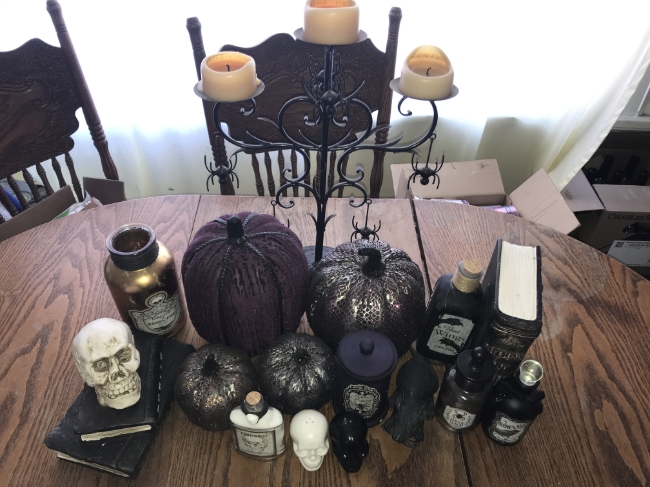
I don’t know about you, but I already busted out about ¼ of my Halloween decorations. There’s no way I could stand to stare at the walls of my house for months without a little spook factor to get me through.
So, if you’ve got decorations you love: put ‘em up! If you usually decorate outside, try finding new, innovative ways to use the decor inside. Just maybe warn your roommate before hanging bloody chains in the bathroom.
Continue the Traditions… Safely
If you just can’t live without your trick-or-treaters and your Jack-o’-lanterns, you can still have them. You just have to make sure to keep yourself and others safe.
Instead of handing candy out at the door, try leaving a bowl on your porch. It’s a little less fun, but the kids will still be out, and they’ll still be ravenous. You could also leave the bowl on your porch and sit apart on the lawn to still participate. Or, if you have a second story, you could try dropping the candy from above; who knows, the kids might delight in trying to catch it.
You can try and grow your pumpkins yourself if you start now, or get your orange vegetables from an outdoor farm (with masks and social distancing in place!). Carve ‘em up on your kitchen table or living room floor and either put them on your porch like normal or find a new spot. (We don’t have a porch, so we put ours in front of our fireplace).
You can even find a way to work your masks into your costume. I foresee a great deal of zombie doctors and nurses making an appearance this year!
Why Do YOU Love Halloween?

Share with us why you cherish All Hallows Eve. Is it the costumes? The decorations? The way the air feels subtly different that night, almost like it shimmers, if you could only look hard enough?
Whatever the reason behind your love of this eerie day, share it in the comments!
And remember to stay spooky for the next 144 days, my ghoulish friends.
Become a Patron!###
Images provided by Aurora M. Smith unless cited otherwise.
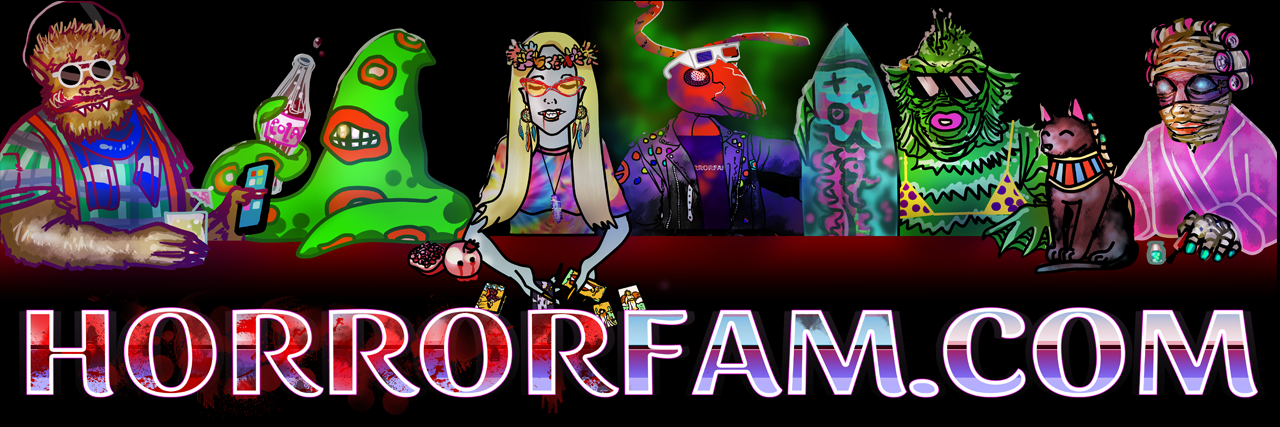
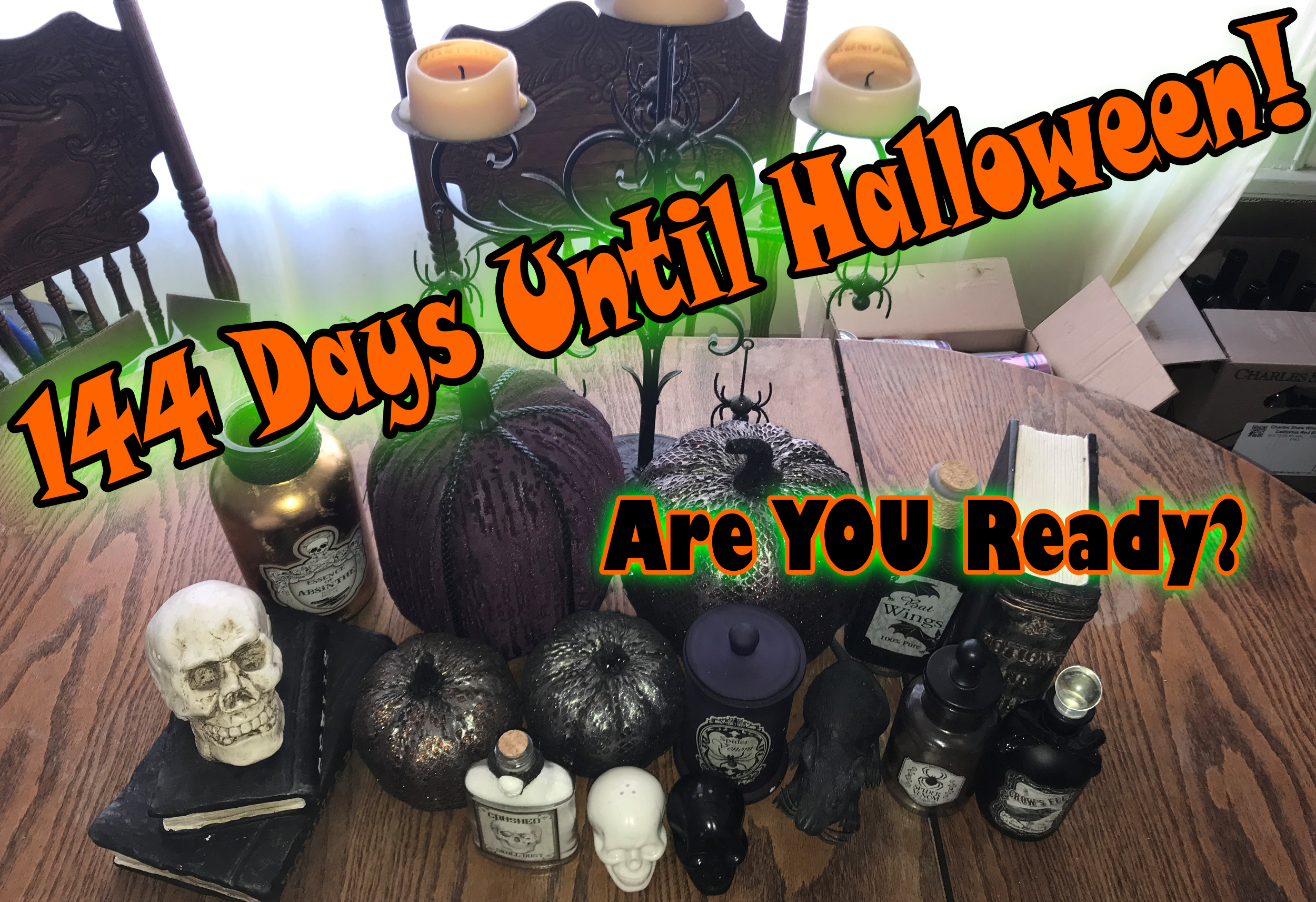
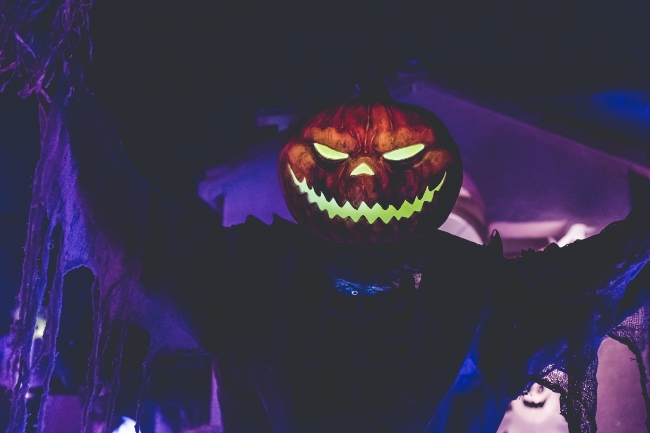
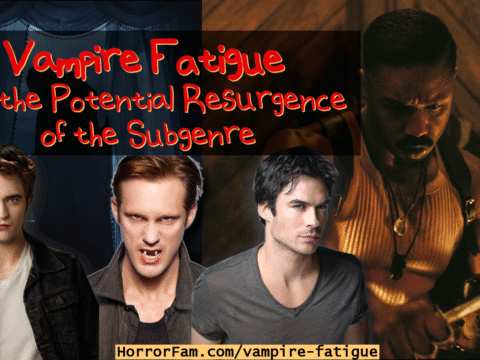
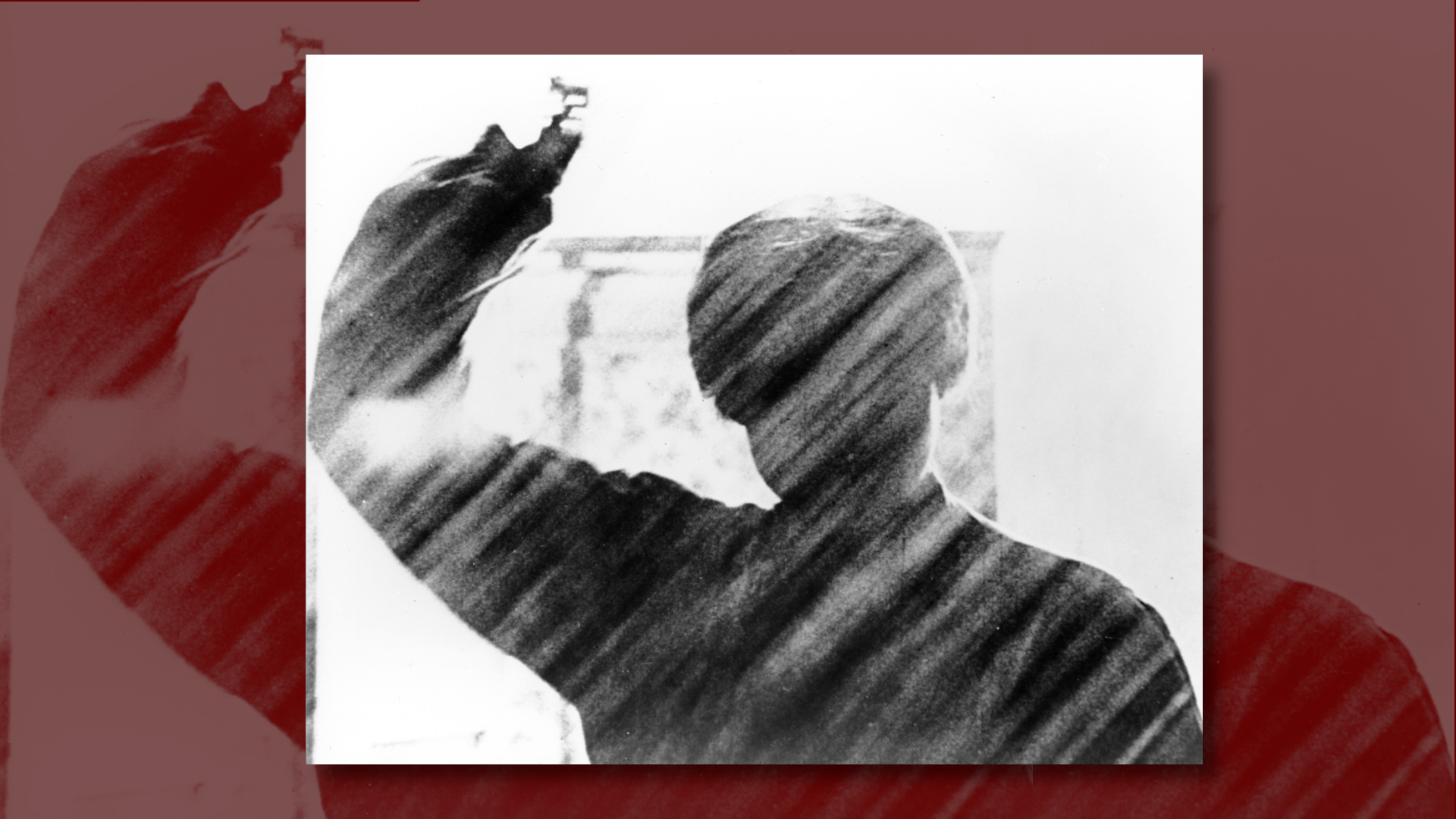
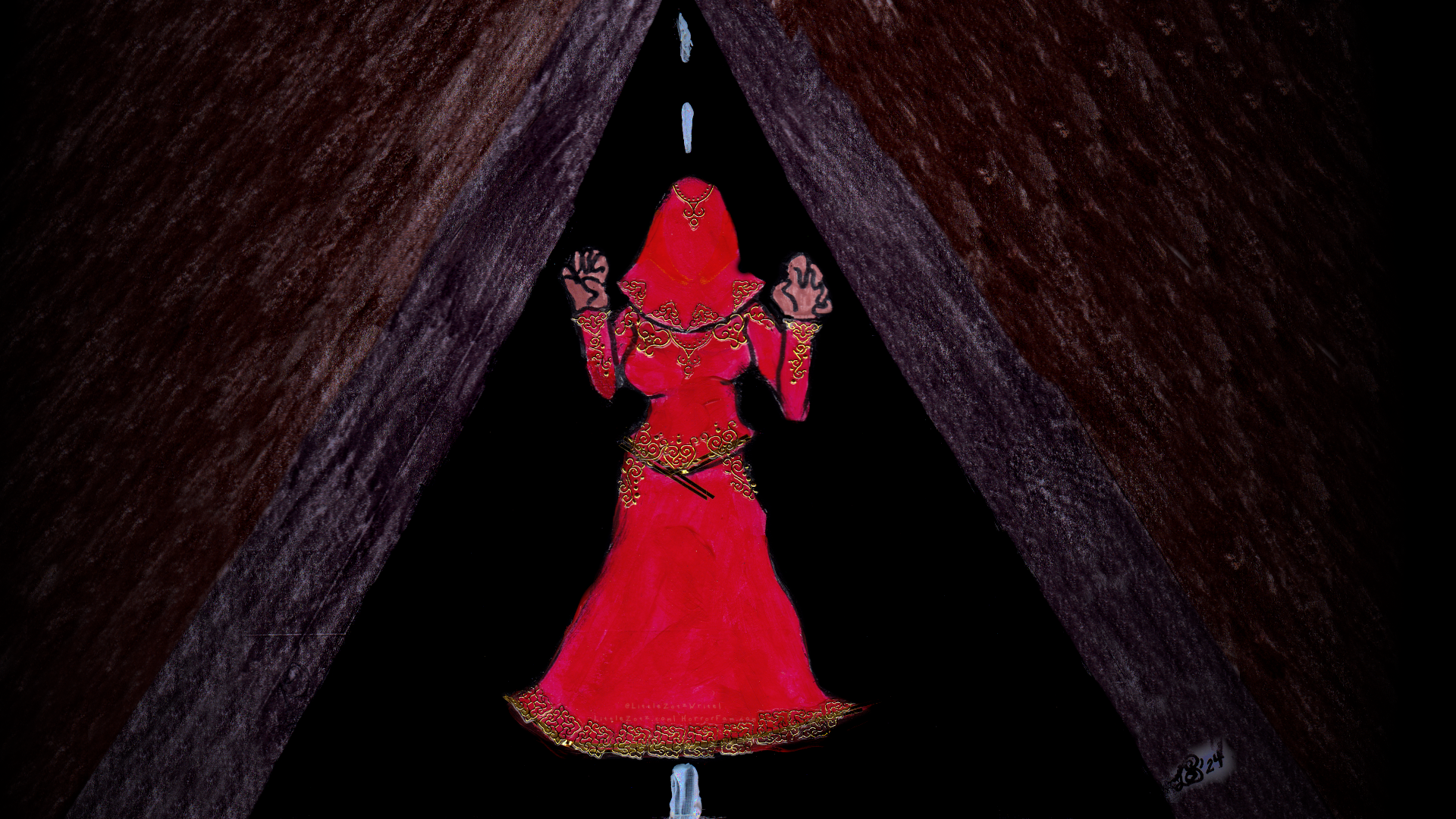
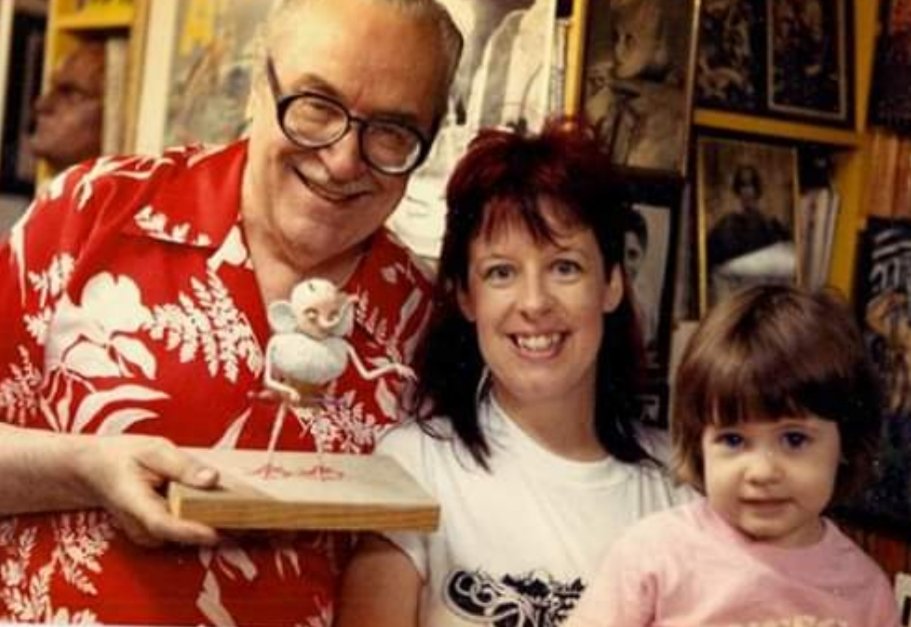
2 thoughts on “Scared of Losing Halloween This Year? A Look at Our Favorite Holiday and How to Celebrate in 2020 No Matter What!”
Comments are closed.